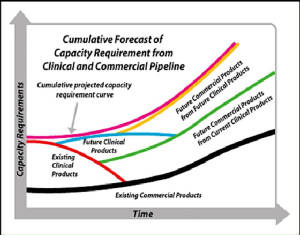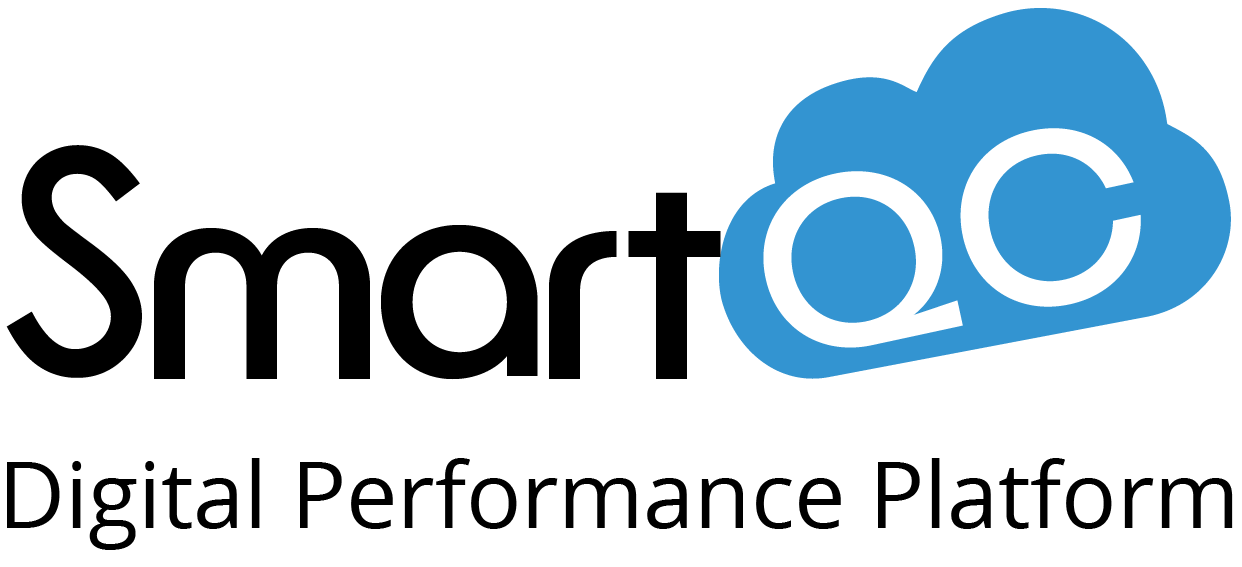GOALS
Smart-QC: Main Goals and Impact on Enterprise QC:
- A Standardized application for planning and budgeting across multiple geographically dispersed lab operations.
- Identifies capacity expansion needs
- Ability to perform What-If-Analysis at an aggregate level as well as at the site specific level (i.e., Stability, Raw Material release)
- Use common Key Performance Indicators and terminologies to evaluate performance across sites and benchmark them against internal and external best practices
- Proactively smooth variable work load across sites with minimal cost and service level impact
- One common platform for productivity improvement projects justification
Smart-QC: Resources Modeling - Importance
- Capacity Modeling is one of the most critical elements in designing a new laboratory, expanding an existing QC operation, or conducting a feasibility check and What-if-Analysis stage.
- It combines required capacity from various demand sources - such as clinical products, current and future commercial products, etc.
- Resource Modeling provides the translation of demands in terms of staffing, instruments, utilities, space, etc.
Smart-QC General Usage
- Resources requirements:
- Calculate the required analysts at each lab based on various forecast scenarios
- Instruments requirements
- Define short falls / excess capacity
- What-If-Analysis
- Campaign size effect
- Standards changes / process improvements
- Forecast changes: volume / mix / new product
- More …
- Percent of time analysts spend on admin., preparation, set-ups, calculations: Value Added (VA) vs. NVA
- General reports / KPI
There are 5 Types of demand forecasts that affect long term resources planning

